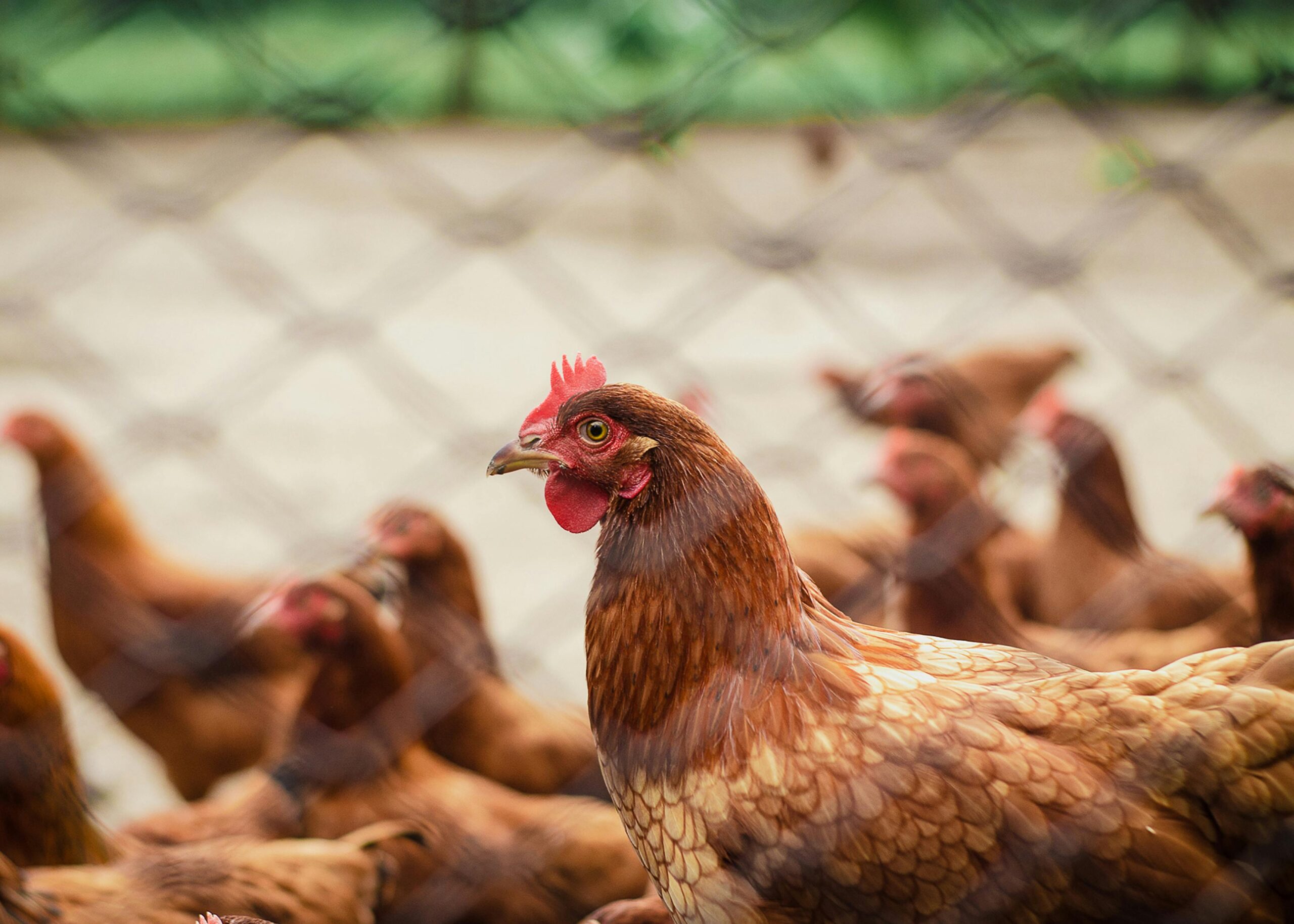
Chicken is one of the most widely traded and consumed protein sources globally, making it a critical agricultural commodity. Here’s a comprehensive breakdown of the chicken market:
1. Production & Key Producers
Top Producers (2024 Estimates)
-
United States (Largest producer, Tyson Foods, Pilgrim’s Pride)
-
China (Massive domestic demand, but also imports)
-
Brazil (Top exporter, BRF, JBS dominate)
-
European Union (France, Poland, Germany)
-
India (Growing rapidly due to rising demand)
-
Thailand & Russia (Major exporters)
-
Types of Chicken Meat:
-
Broilers (Most common, raised for meat)
-
Layers (Primarily for eggs, but spent hens used in processed foods)
-
Free-range/Organic (Premium-priced niche market)
-
2. Global Trade & Market Trends
Leading Exporters
-
Brazil (#1 exporter, ships to China, Middle East, EU)
-
United States (Major markets: Mexico, Canada, Asia)
-
Thailand (Processed chicken, especially for Japan & EU)
-
EU (Netherlands, Poland) (Supplies Africa & Middle East)
Leading Importers
-
China (Huge demand due to ASF pork shortage in past years)
-
Japan (High-quality imports for food industry)
-
Middle East (Saudi Arabia, UAE) (Reliant on imports due to limited production)
-
Mexico & South Africa (Growing consumption)
Price Influencing Factors
-
Feed Costs (~60-70% of production cost – corn & soybean prices critical)
-
Disease Outbreaks (Avian flu disrupts supply & trade bans)
-
Consumer Trends (Shift from red meat to poultry)
-
Trade Policies (Tariffs, import bans, subsidies)
3. Uses & Demand Drivers
Food Industry (Primary Market)
-
Fresh/Chilled (Supermarket sales, butcher shops)
-
Frozen (Global trade, fast food chains)
-
Processed (Nuggets, sausages, canned meat)
-
Fast Food & Restaurants (McDonald’s, KFC major buyers)
Health & Economic Factors
-
Cheaper than beef/pork, making it a staple in developing nations.
-
High-protein, low-fat perception boosts demand in health-conscious markets.
Byproducts
-
Feathers (Used in animal feed, fertilizers)
-
Chicken fat (Biodiesel, pet food)
-
Bones & organs (Broths, supplements)
4. Price & Futures Market
-
CME Group offers poultry futures (but less liquid than grains/livestock).
-
Benchmark Prices:
-
USDA reports on wholesale poultry prices.
-
Brazil’s CEPEA/ESALQ index tracks chicken prices.
-
-
Contract Farming: Many producers work under fixed-price contracts with fast-food chains.
5. Challenges in the Chicken Industry
-
Avian Influenza (Bird Flu): Causes mass culling, export bans.
-
Feed Price Volatility (Dependent on corn & soy markets).
-
Antibiotic Restrictions (EU & US regulations increasing costs).
-
Labor Issues (Processing plants face labor shortages).
6. Future Outlook
-
Global Demand Rising: Especially in Asia & Africa.
-
Alternative Proteins: Plant-based & lab-grown chicken could disrupt long-term demand.
-
Sustainability Push: More efficient feed, carbon-neutral farming.
-
Vertical Integration: Major players (Tyson, JBS) control supply chain from feed to retail.
